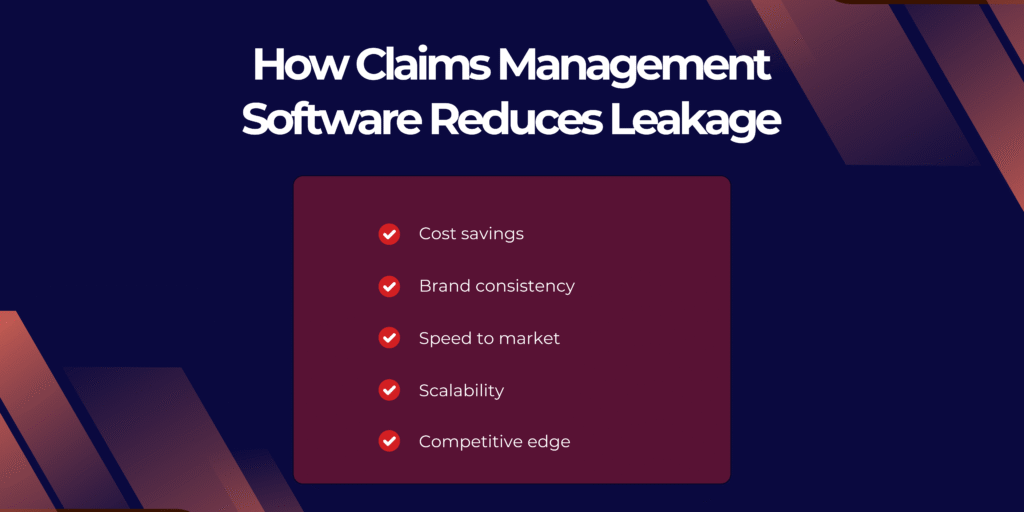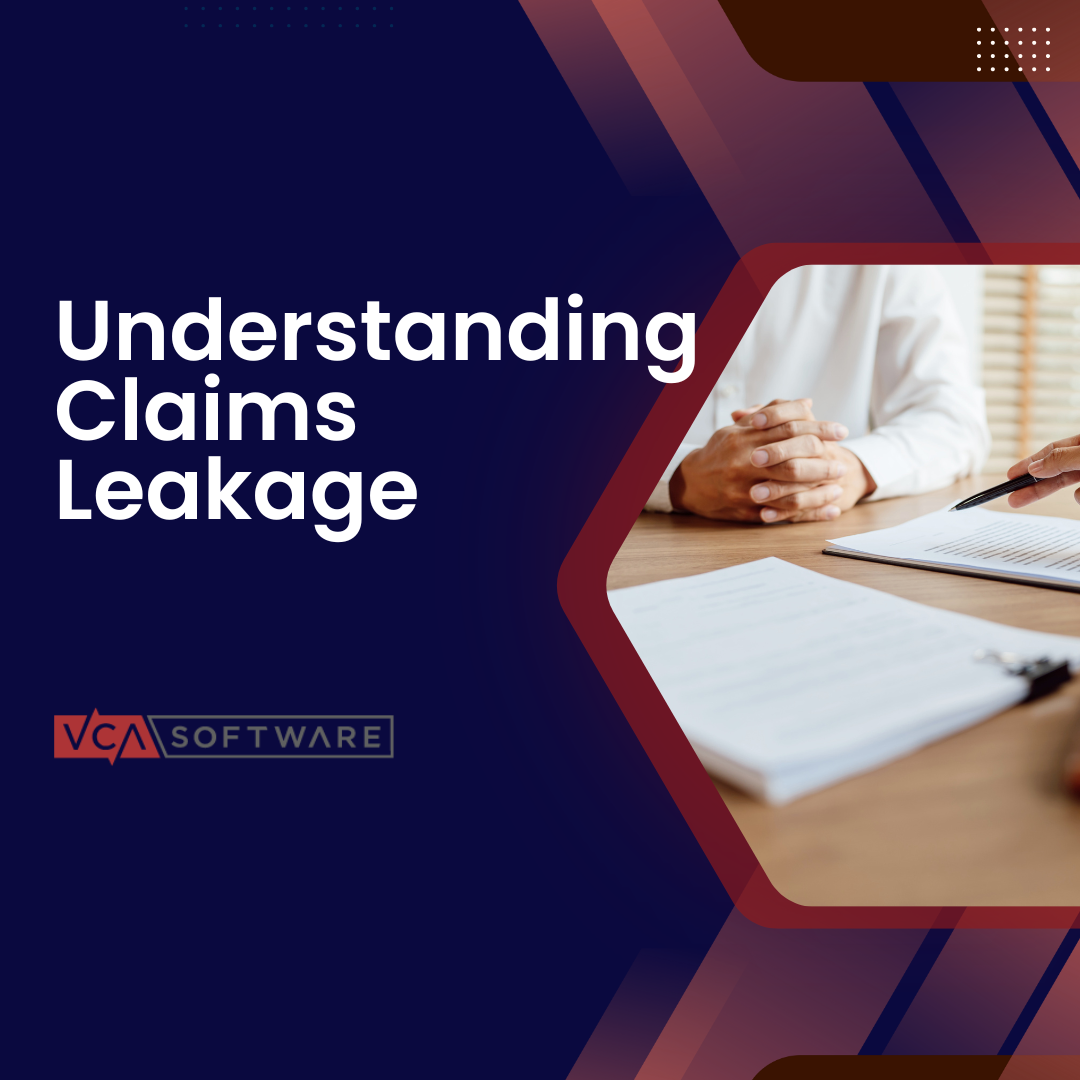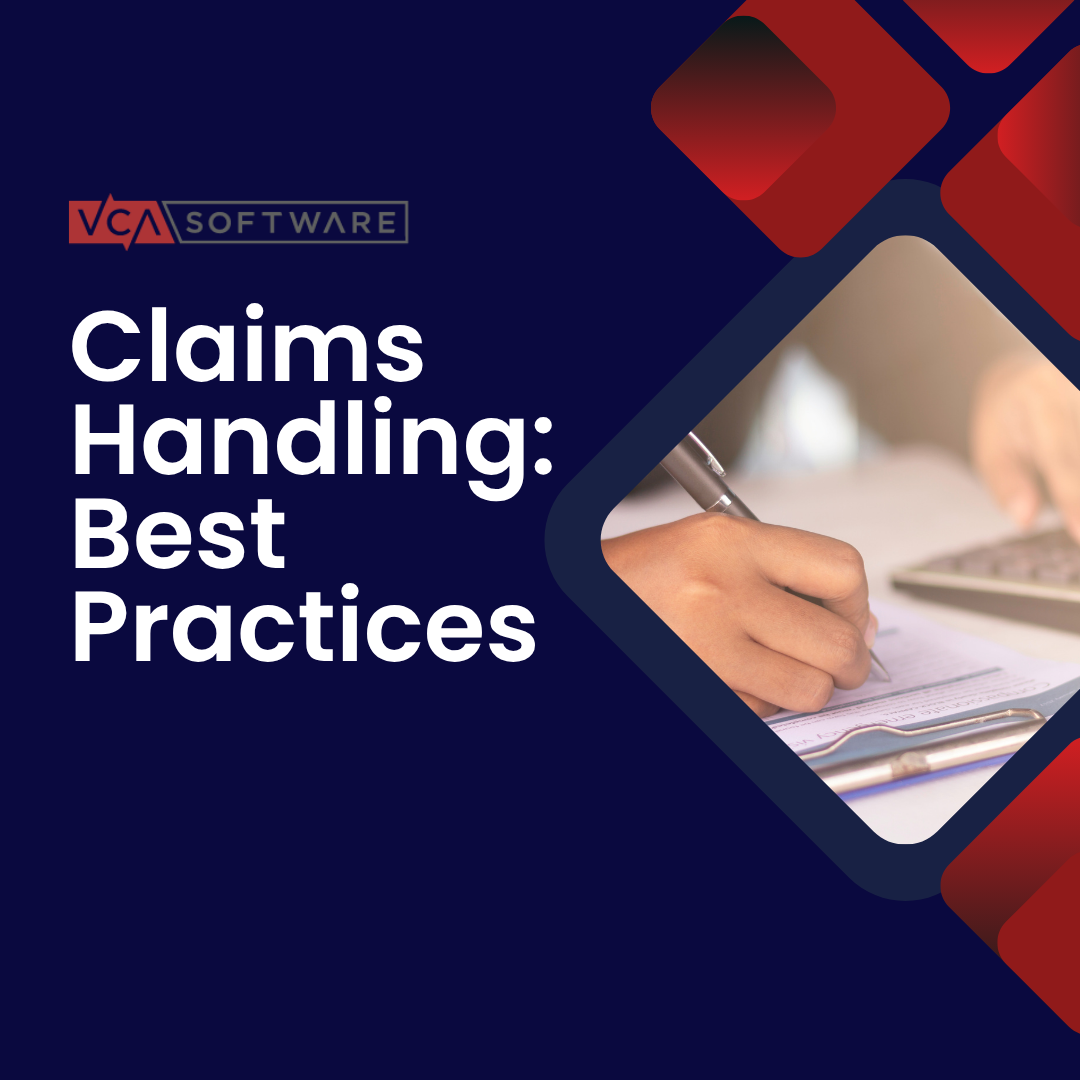Insurance companies lose billions each year to something most policyholders never hear about: claims leakage. It’s money that slips through the cracks during the claims process – overpayments, missed recoveries, and processing inefficiencies that add up fast. For insurers, it’s like having a slow leak in your profits that nobody notices until the damage is done.
Let’s break down what claims leakage really means, why it matters so much, and what smart companies are doing to plug these costly leaks.
What is Claims Leakage?
Claims leakage happens when an insurer pays more on a claim than they should have under the policy terms. It’s the gap between what should have been paid and what actually went out the door.
Think of it like this: You’re running a household budget. You’ve allocated $150 for your monthly electric bill, but because someone left the AC running while the windows were open, you end up paying $200. That extra $50? That’s leakage – money that shouldn’t have been spent but was.
In insurance, leakage takes several forms:
- Payment leakage: Paying too much on claims due to errors, poor negotiation, or missed recovery opportunities
- Operational leakage: Extra costs from inefficient processes, delays, and redundant work
- Fraud-related leakage: Losses from undetected fraudulent claims or exaggerated damages
The industry average for claims leakage ranges from 5% to 10% of total claims costs. For large insurers processing billions in claims annually, that’s a staggering amount of lost profit.
Why Claims Leakage Matters: The Bottom-Line Impact
Claims leakage isn’t just an accounting problem – it’s a serious threat to an insurer’s financial health and competitive position.
When claims cost more than they should, several things happen:
- Profit margins shrink. Every dollar leaked is a dollar less in profit.
- Premiums increase. To offset these losses, insurers often raise rates, making their policies less competitive.
- Customer experience suffers. Inefficient claims processes that cause leakage also tend to create friction for policyholders.
- Regulatory scrutiny intensifies. Consistent overpayments can trigger audits and compliance concerns.
One claims manager at a mid-sized insurer put it bluntly: “We discovered we were losing about $3.2 million annually to claims leakage. That’s equivalent to the profit from over 10,000 auto policies. It was like having an entire product line that generated zero profit.”
Common Causes of Claims Leakage
Claims leakage doesn’t usually stem from one big mistake but from many small issues that compound:
Process-Related Causes
- Duplicate payments for the same service or repair
- Missed subrogation opportunities where third-party recovery was possible
- Poor expense management on legal fees, independent adjusters, and other claim services
- Inadequate reserves that aren’t adjusted as new information emerges
People-Related Causes
- Inconsistent adjuster decision-making due to varying experience levels
- Workload pressures leading to rushed investigations
- Insufficient training on coverage interpretation or negotiation techniques
- High turnover resulting in knowledge gaps
Technology-Related Causes
- Siloed systems that don’t share critical information
- Manual processes prone to human error
- Limited data analytics capabilities to identify patterns
- Poor integration between claims, policy, and payment systems
A claims director with 20+ years of experience noted: “I’ve seen adjusters approve full replacement of a roof when only partial repair was needed, simply because they lacked the tools to properly assess the damage remotely. That single decision type, multiplied across thousands of claims, costs insurers millions.”
Detecting and Measuring Claims Leakage
You can’t fix what you don’t measure. Identifying claims leakage requires systematic review and analysis:
Claims Auditing
Regular audits of closed claims can reveal patterns of leakage. This involves reviewing a sample of files to identify where payments exceeded appropriate amounts or where recovery opportunities were missed.
Leakage Metrics
Key metrics to track include:
- Leakage rate: The percentage of total claim costs attributed to leakage
- Leakage by cause: Categorizing leakage by its source (e.g., missed subrogation, poor negotiation)
- Leakage by claim type: Identifying which lines of business experience the most leakage
- Adjuster-specific leakage: Measuring variations between individual adjusters
Data Analytics
Modern analytics tools can spot unusual patterns that might indicate leakage:
- Claims with settlement amounts just below authority thresholds
- Providers or repair shops with consistently higher-than-average costs
- Geographic areas with disproportionate claim severity
- Claims with multiple supplements or reopenings
Strategies to Minimize Claims Leakage
Reducing claims leakage requires a multi-faceted approach:
Process Improvements
- Standardized workflows that guide adjusters through consistent claim handling steps
- Clear authority levels with appropriate reviews for larger claims
- Structured settlement guidelines that provide negotiation parameters
- Robust subrogation identification processes at first notice of loss
Technology Solutions
- Automated fraud detection systems that flag suspicious patterns
- Integrated claims platforms that connect all aspects of the claims process
- Mobile tools for faster, more accurate field inspections
- Analytics dashboards that highlight leakage in real-time
People Development
- Targeted training programs addressing common leakage areas
- Performance metrics that include leakage reduction goals
- Knowledge sharing between experienced and newer adjusters
- Specialized teams for complex claim types prone to leakage
How Claims Management Software Reduces Leakage
Modern claims management platforms like VCA, a claims management software, play a crucial role in plugging the leaks in the claims process. These systems address leakage through several key capabilities:
Automation and Standardization
Claims software creates consistent handling processes that reduce variation between adjusters. When every claim follows the same workflow, opportunities for leakage diminish significantly.
For example, VCA’s platform can automatically flag claims that meet specific criteria for subrogation potential, ensuring these recovery opportunities aren’t overlooked.
Improves Decision Support
Good claims systems provide adjusters with the information they need to make accurate decisions:
- Historical data on similar claims
- Integrated policy information showing coverage limits and exclusions
- Automated calculations for depreciation and actual cash value
- Benchmarking against industry standards for repairs and settlements
Improved Oversight and Controls
Claims management software enables better supervision without slowing down the process:
- Automated authority level enforcement
- Real-time visibility into reserve adequacy
- Exception reporting for claims that deviate from expected patterns
- Audit trails documenting all claim decisions and changes
Data-Driven Insights
Perhaps most importantly, modern claims platforms provide analytics that help insurers identify and address leakage sources:
- Trend analysis showing which claim types experience the most leakage
- Vendor performance metrics highlighting service providers with higher-than-average costs
- Adjuster performance comparisons that can inform targeted coaching
- Predictive models that identify high-leakage-risk claims early in the process
The Future of Claims Leakage Management
The battle against claims leakage is evolving rapidly, with several emerging technologies showing promise:
Artificial Intelligence and Machine Learning
AI systems can analyze thousands of claims to identify subtle patterns human reviewers might miss. These systems get smarter over time, continuously improving their ability to spot potential leakage.
Computer Vision
Advanced image recognition can assess damage from photos more accurately than human estimation alone, reducing the subjectivity that often leads to overpayment.
Blockchain for Fraud Prevention
Distributed ledger technology may help prevent duplicate claims across insurers and create immutable records that make fraud more difficult.
Predictive Analytics
Rather than just identifying leakage after it occurs, predictive models can flag high-risk claims at the outset, allowing for appropriate handling from day one.
Taking Action Against Claims Leakage
If you’re concerned about leakage in your claims operation, consider these steps:
- Assess your current state. Conduct a leakage audit to establish your baseline.
- Identify your biggest leakage sources. Focus on the areas where you’ll get the most return on your improvement efforts.
- Evaluate your technology. Determine if your current claims system provides the automation and analytics needed to combat leakage effectively.
- Develop a leakage reduction roadmap. Create a phased approach to implementing process improvements and technology improvements.
- Measure and refine. Track your progress and adjust your strategies based on results.
Conclusion
Claims leakage may be invisible to the average policyholder, but its impact on insurance operations is profound. By understanding the sources of leakage and implementing targeted strategies to address them, insurers can significantly improve their financial performance while delivering better service to policyholders.
The most successful insurers recognize that fighting claims leakage isn’t a one-time project but an ongoing commitment to operational excellence. With the right combination of people, processes, and technology, the battle against leakage becomes not just manageable but a significant competitive advantage.
|
Rob Ogle is a Customer Success executive with 20+ years of experience in insurance and SaaS. He’s built and led high-performing success, support, and sales teams at multiple software companies, driving retention, growth, and customer satisfaction. Rob specializes in scaling success programs, aligning customer outcomes with business goals, and leading cross-functional initiatives in dynamic, high-growth environments. |

 Rob Ogle
Rob Ogle



